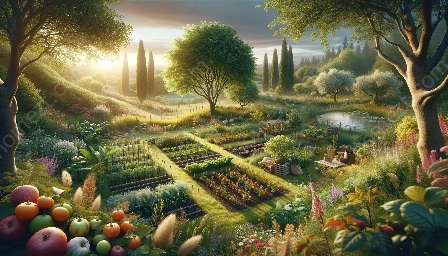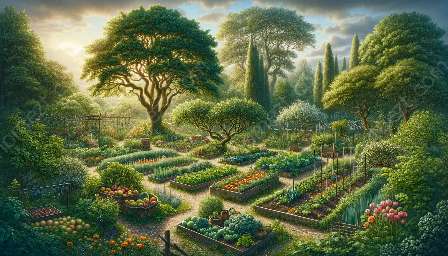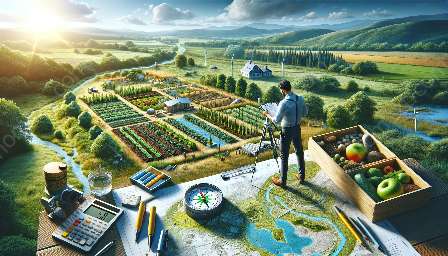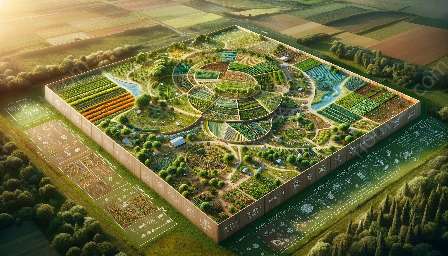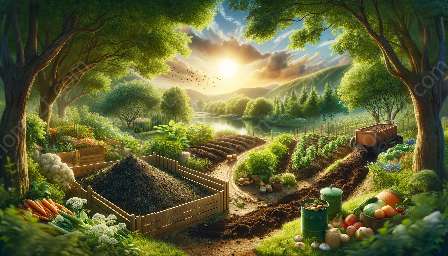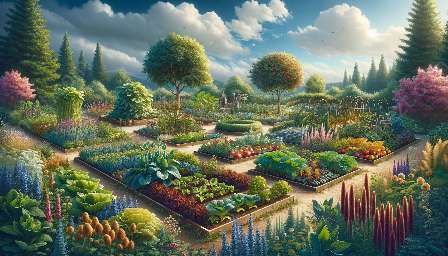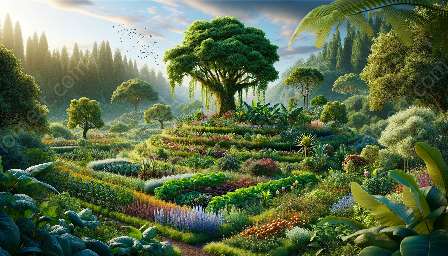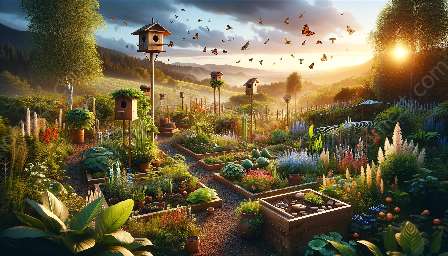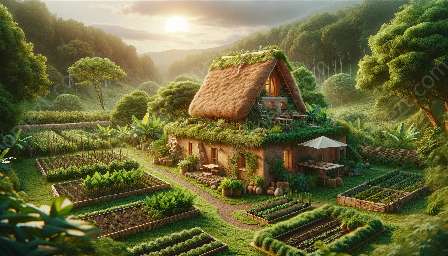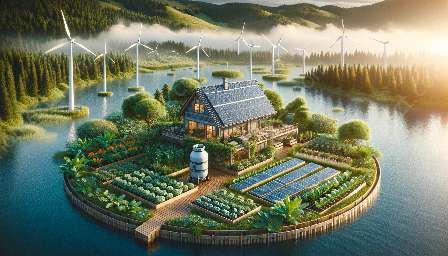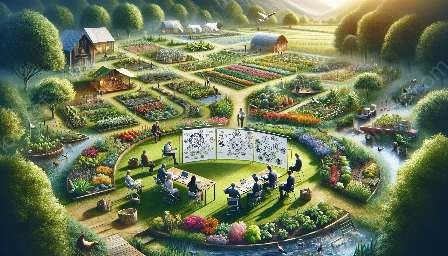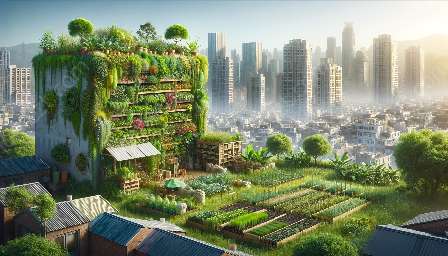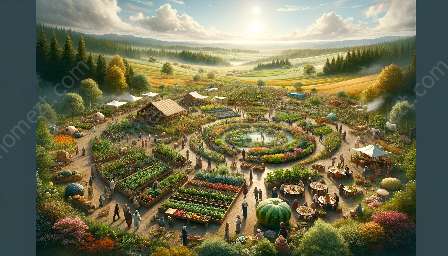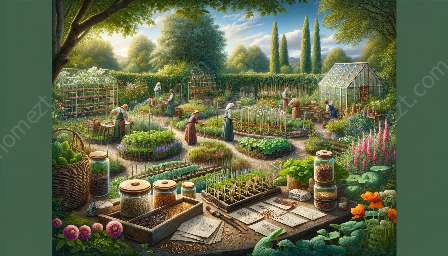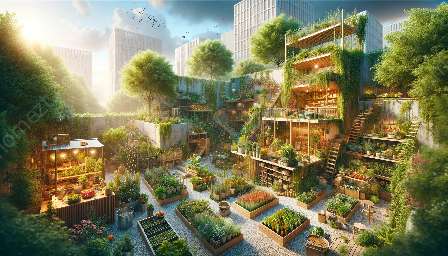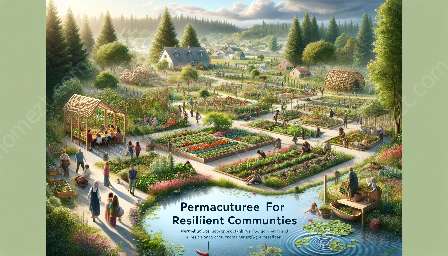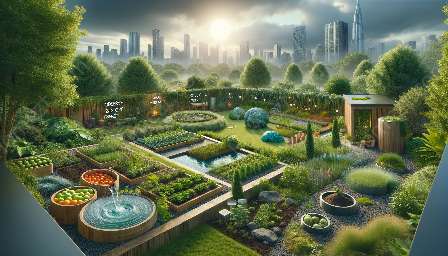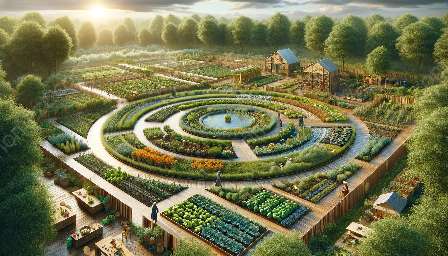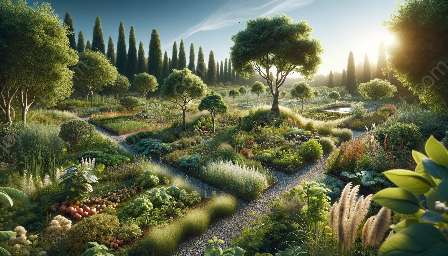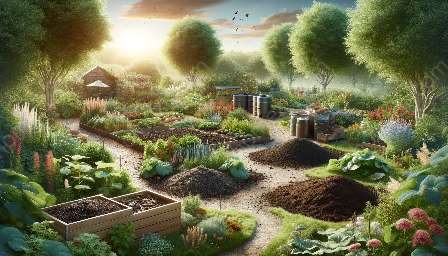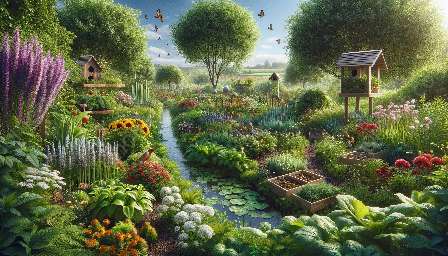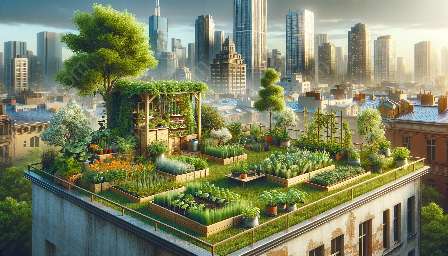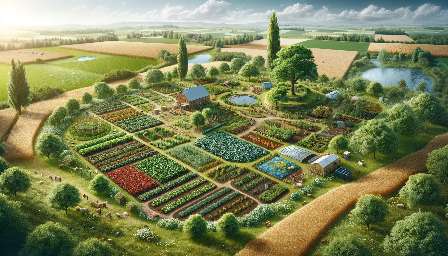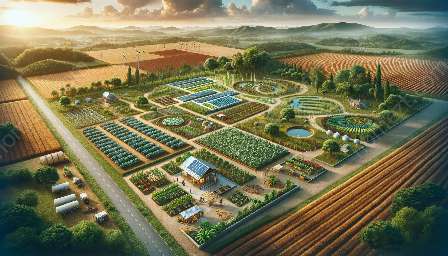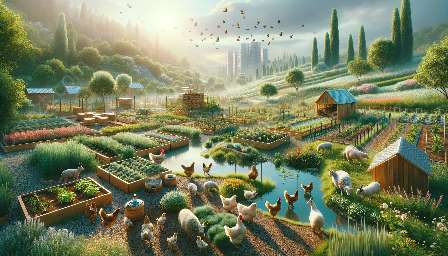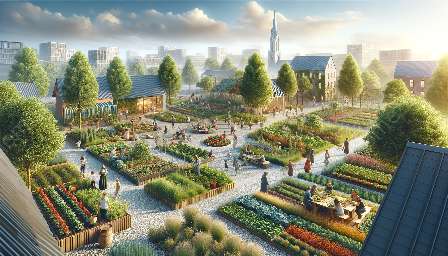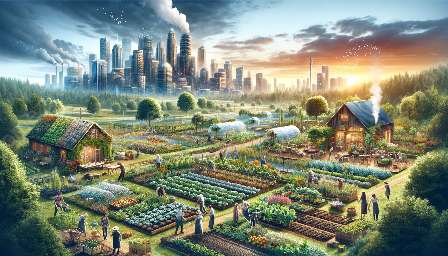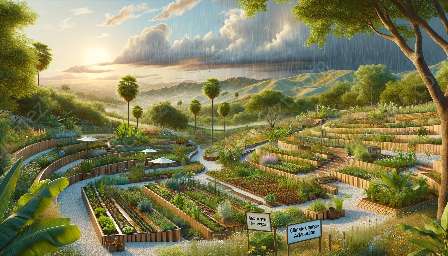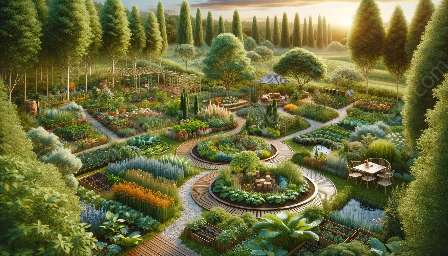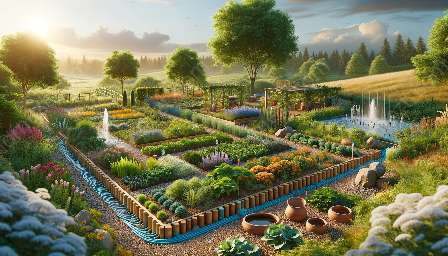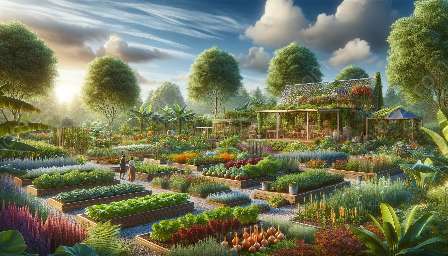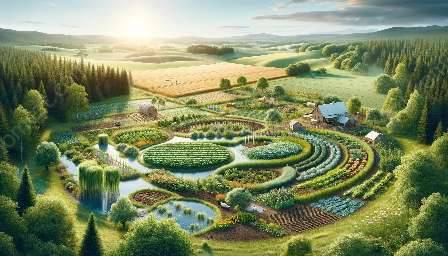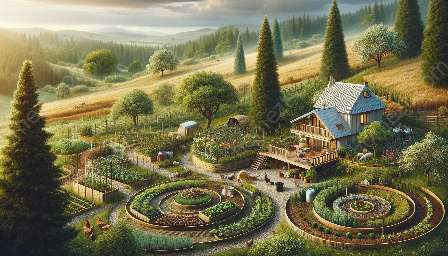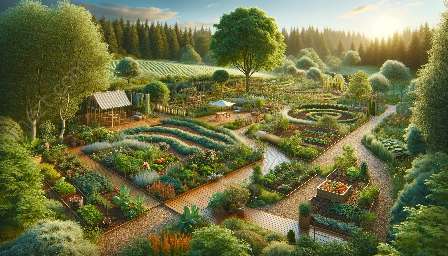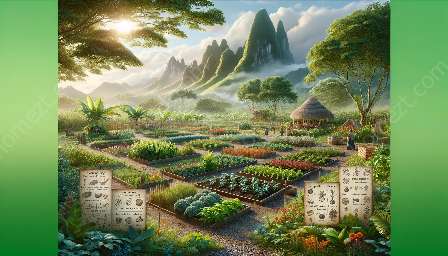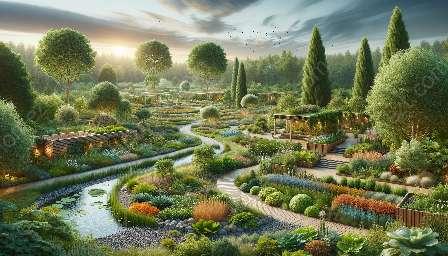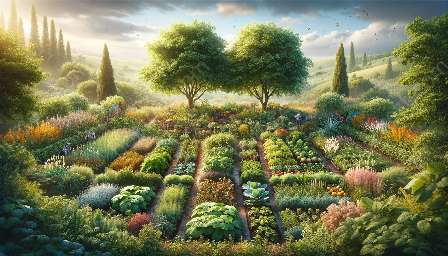Permaculture is a design philosophy and set of practices that seeks to create sustainable and regenerative human habitats by modeling them after natural ecosystems. By integrating principles of ecology, landscape design, and sustainable agriculture, permaculture offers a holistic approach to creating resilient and productive landscapes. In this introduction to permaculture, we will explore its principles and demonstrate how they can be applied to gardening and landscaping for a more sustainable and harmonious living environment.
What is Permaculture?
Permaculture, a portmanteau of “permanent” and “agriculture”, was coined by Bill Mollison and David Holmgren in the 1970s. It has since evolved into a multifaceted approach to designing human settlements and agricultural systems that mimic the relationships found in natural ecosystems. At its core, permaculture seeks to create stable, harmonious, and sustainable systems that provide for human needs while benefiting the environment.
Permaculture design is guided by three core ethics: care for the earth, care for people, and fair share. These ethical principles are translated into design strategies and techniques that aim to cultivate diversity, optimize resources, and minimize waste.
Principles of Permaculture
1. Observation and Interaction: Permaculture emphasizes the importance of observing natural patterns and processes to better understand how ecosystems function. By interacting with these systems, we can design interventions that work with, rather than against, nature’s inherent resilience.
2. Catch and Store Energy: Permaculture encourages the capture and efficient use of energy in all its forms, such as sunlight, water, and organic matter. This principle underpins strategies like rainwater harvesting, passive solar design, and energy-efficient technologies.
3. Obtain a Yield: Designing for productivity is a key aspect of permaculture. It involves creating systems that generate multiple useful outputs while also supporting ecological integrity.
4. Apply Self-Regulation and Accept Feedback: By maintaining a constant feedback loop, permaculture systems adapt and evolve to increasingly enhance their productivity and sustainability.
5. Use and Value Renewable Resources and Services: Permaculture emphasizes the use of renewable resources and the nurturing of natural systems to provide for human needs.
6. Produce No Waste: Permaculture aims to create closed-loop systems that minimize waste and utilize all outputs as resources for new inputs.
7. Design from Patterns to Details: This principle involves understanding the larger patterns and flows in natural systems before designing the specific components or elements of a system.
8. Integrate Rather than Segregate: By creating interconnected and mutually beneficial relationships between elements, permaculture designs seek to enhance overall system resilience and functionality.
Permaculture in Gardening
When applying permaculture principles to gardening, the goal is to create a self-sustaining and low-maintenance system that produces abundant food while fostering biodiversity and soil health. Key techniques include:
- Plant Guilds: The concept of plant guilds involves creating mutually beneficial plant communities that support each other’s growth, nutrient needs, pest control, and other functions.
- Companion Planting: By choosing plant combinations that enhance each other’s growth, deter pests, or improve soil fertility, gardeners can mimic natural ecosystems to promote healthy and productive gardens.
- Polyculture: Unlike monoculture, where a single crop is grown in a large area, polyculture involves growing multiple crops together, promoting diversity and reducing the risk of crop failure.
- Hugelkultur: This technique involves creating raised beds filled with decaying wood and organic matter, which act as a long-term source of nutrients and moisture for plants while improving soil structure.
Permaculture in Landscaping
Permaculture principles can also be applied to landscaping to create environmentally sustainable and aesthetically pleasing outdoor spaces. Considerations in permaculture landscaping include:
- Water Harvesting and Management: Strategies such as rain gardens, swales, and water retention features help capture and store rainwater, reducing irrigation needs and preventing erosion.
- Edible Landscaping: Integrating edible plants into the landscape design not only provides food but also adds beauty and diversity to the outdoor spaces.
- Wildlife Habitat Creation: By incorporating native plants and diverse habitats, permaculture landscaping can support local wildlife and contribute to biodiversity conservation.
- Regenerative Practices: Emphasizing practices such as mulching, composting, and no-till gardening helps build healthy soil and promote ecological balance in the landscaped areas.
Conclusion
Permaculture offers a holistic and adaptable framework for designing and managing systems that meet human needs while regenerating the natural environment. By integrating its principles into gardening and landscaping, individuals can create sustainable, resilient, and beautiful living spaces that benefit both humans and the planet at large.

